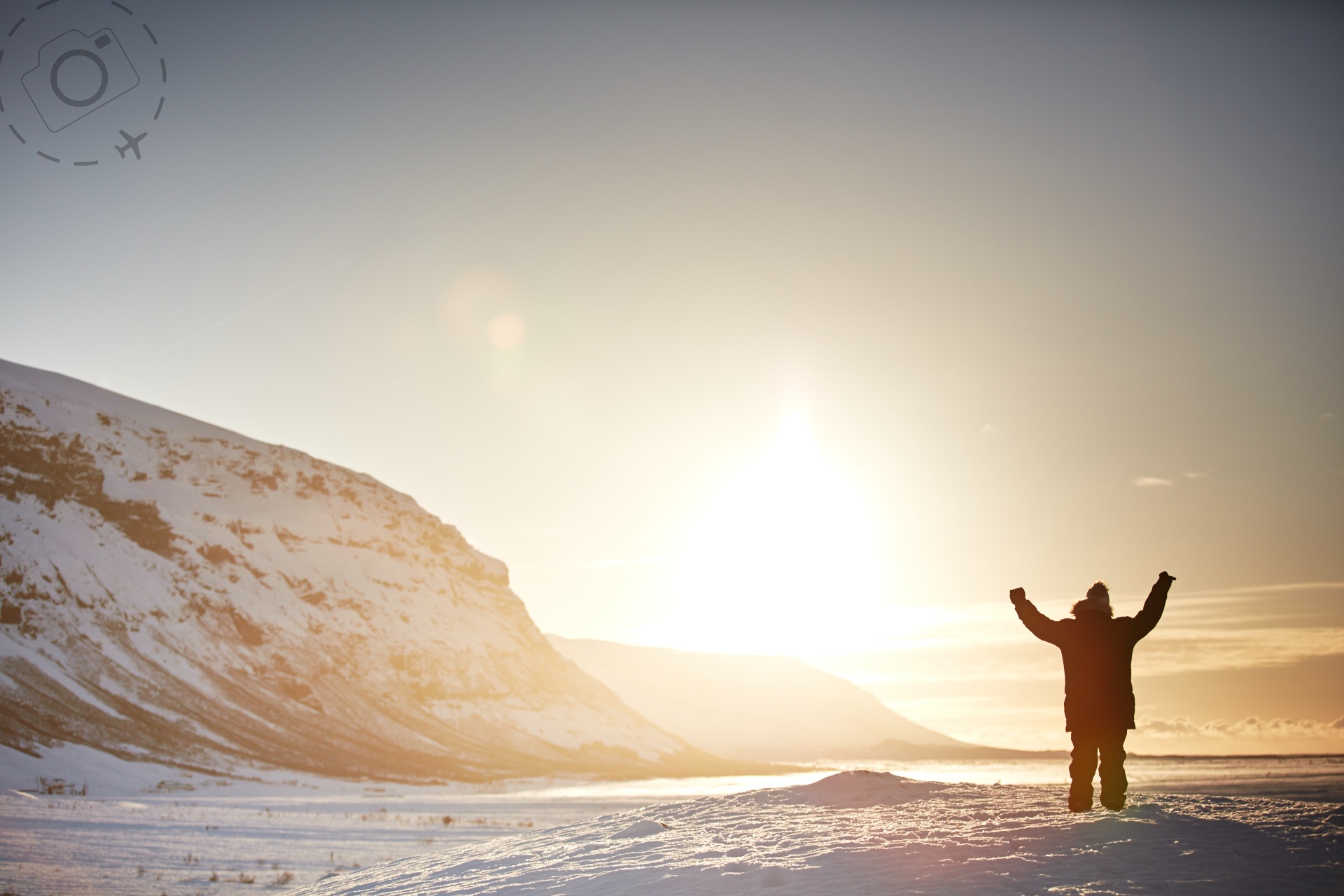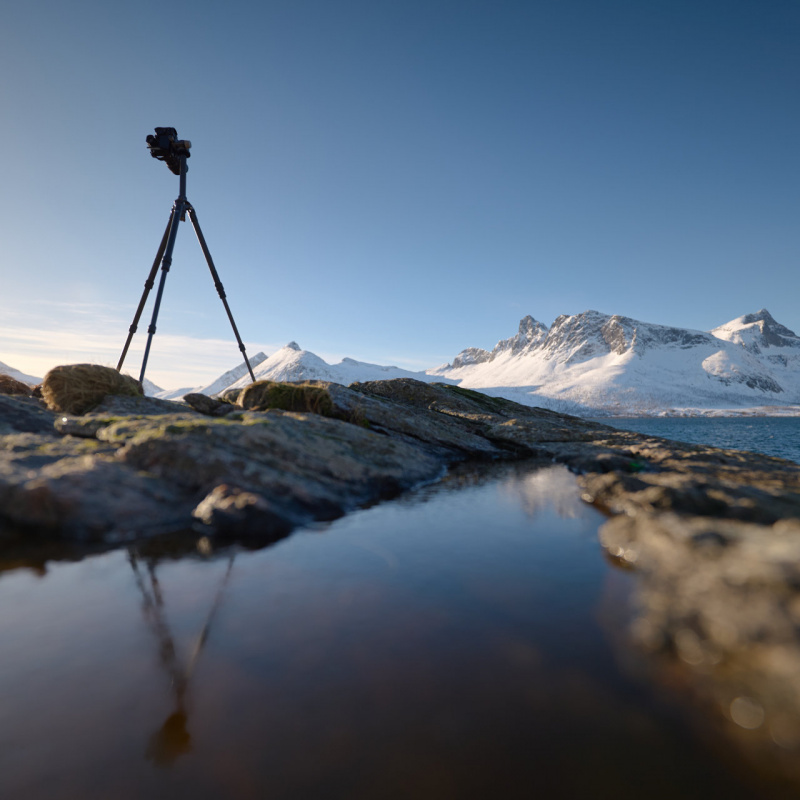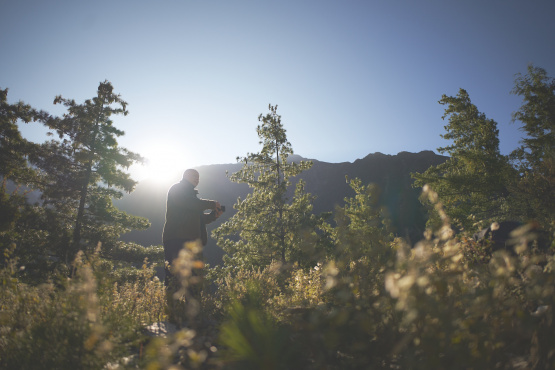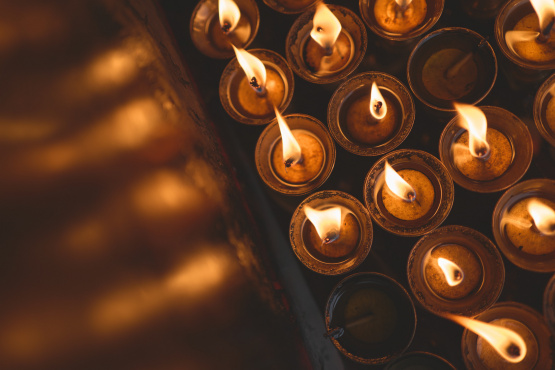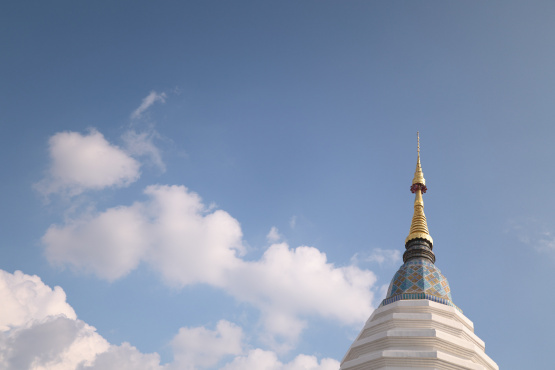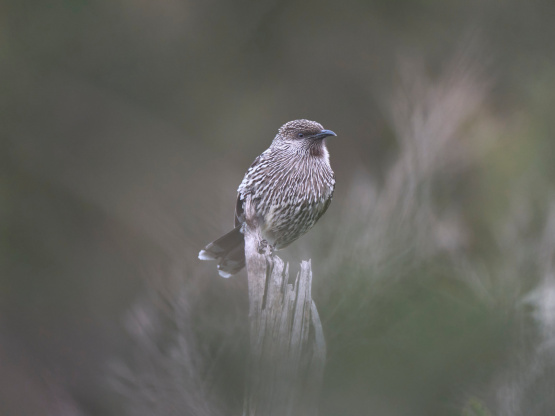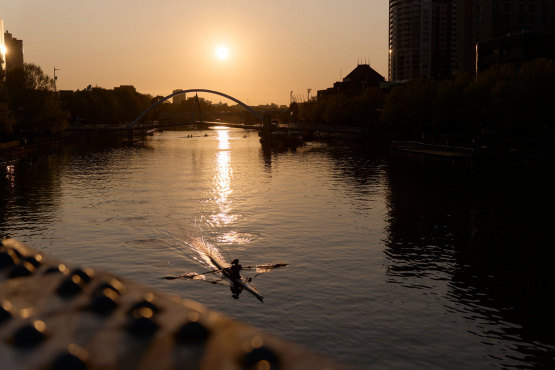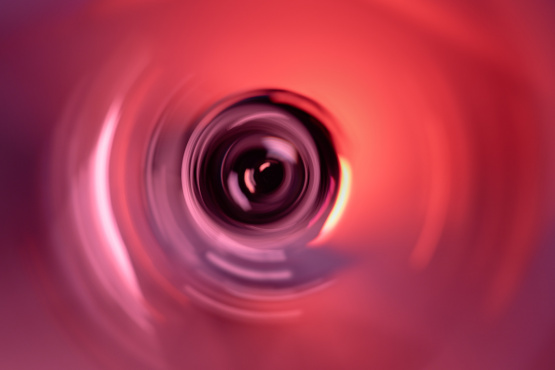When I first moved my professional photography into the realm of travel I spent many years shooting brochures for tour operators. It was a great way to expand my horizons and cultivate my techniques, but it was also the most challenging scenario for achieving photographic results. The world of mass-market travel is geared around packing in as many itinerary highlights as possible, making it the exact opposite of a photography tour.
Imagine being stuck on a trip with over a dozen other people, rushed from city to city, cramming the maximum number of sights into each day but finding yourself sitting on a bus or train during the best light in the mornings and afternoons. It was frustrating and counter productive.
GO SOLO
In the few days before and after shooting a brochure on tour I would organise time to wander and explore a city, to take my own pace and make my own paths. The photos from those few days would always be the best of the trip, in quality and quantity, and eventually gave me the inspiration to design my own tours that were kinder to the desires of the photographer.
Good shots are the result of time to yourself, lots of time in one place and planning to be somewhere inspiring when the sun is low. Overall the experience taught me how important it is to slow down your pace when travelling, on every level, and what a difference it makes to the character of your work.
It seems obvious that independent travel will present the best opportunities for the camera, but there's more to it than that. Slowing down your travel itinerary is one step, but the same effect happens when you physically slow yourself down as well.
Walking from one part of a city to the other will give you new and unforeseen insights to photograph that you wont have seen if you took the bus across town. Just compare trying to shoot a village scene by hiking up the mountain, compared to pointing a camera out the window of a train as it speeds past the landscape.
Slow is good.
Observantly meandering through a section of crowded market, instead of rushing through to see the whole complex, will give you a chance to appreciate the unique charms on offer and tune in to the photographic inspiration. Having enough time in your itinerary to enjoy a relaxed pace also encourages you to make those all important connections, with people or the atmosphere, that lead you deeper into the narrative of your photography.
Sometimes walking itself can be replaced with just sitting down and watching. Standing still on a street corner for half and hour will reveal to you the changing patterns of the street-scapes. You'll start to see how often a bicycle comes past, or brightly coloured taxis and fruit vendors. By standing still you will see ideas for photography come to you, instead of you having to chase them.
Slowing down your pace in every possible way will give you better understanding of the subject, and that will be reflected in your photographs. "Go slow" is as much a state of mind as a theme.

GO GO GO
The alternate attitude to "go slow" is "ticking the box". Every so often I am joined by a traveller on tour who explains their photographic style by saying, "I've got the shot and I'm moving on to the next one!" The statement usually comes with a smile and is delivered with great gusto – there's a certain pride in the efficiency of their approach. If all you want is to tick items off your list then you might as well stay at home and thumb through someone else's photos.
It takes more than one press of the shutter to invest yourself into a frame. I rarely take a single photo of anything, and given the advantages of digital technology there is no reasons to be stingy with your exposures. As I shoot one frame my mind starts thinking of subtle adjustments to the composition, and I am inspired to shoot others. I play with the scene, I work the angles and keep extracting exposures until I think the shot is in the can. And then I take a few more just to be sure.
Go slow means take more photos of fewer things. Quality before quantity. There is a paradox of course that you end up with a large quantity of exposures for any single scene, most of which you'll delete and just keep the best two or three.
Being conscious of the need to slow down also opens the door to a little serendipity. It's amazing how much your luck improves when you are aware of it. We can do our best to be in the right place at the right time, to be observant and insightful of the scene and our subject – yet there is always a role for chance in taking travel photos.
I've had grand plans scuttled by weather, flight schedules and my inability to comprehend foreign languages.
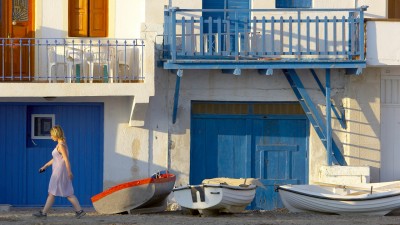
GO GREEK
I got off a ferry in the Greek Islands at 2am one night, caught the bus to the main village and wandered the streets looking for a place to stay. It was stone quiet. Not even a cat stirred in the laneways. Finally I came across a few people enjoying a late night drink, a social end to the night between shop owners. They were surprised to see a tourist in search of a room, but were able to help. It took just one phone call to sort out a friend who had a room, and while they talked I noticed a map on the counter, a map for an island that I had no plans to visit – it took a few moments before I realised that I was on the wrong island.
My ferry was running late, the hour was late and the letters on the dock were all Greek to me. It would be three more days before another ferry stopped at the island.
I slept in the next morning, and waking up was pure surprise. For a bargain rate I was given an empty villa a mile out of town, and had been kindly dropped off by the shopkeeper. The room was brand new, the hot water worked and I had a breakfast basket at the door. But outside the door were the stunning views of the Mediterranean as seen from Sikinos. The next two days I photographer goat herders, stone chapels and the white washed streets of the main village, Kastros.
Of all my Greek travels this was my favourite experience, an unexpected escape from the tourist trail that not only relaxed my pace but immersed me in an island paradise that I would never have found of my own accord. Eventually I arrived at the island I first planned to visit, but it wasn't much fun. It was so crowded I had to sleep on the roof of a youth hostel – for the same price as my villa on Sikinos.
The corollary to serendipity is accepting that you cannot get every shot. And that's OK. If you rush around trying to photograph everything "on the list", or shooting a scene before you know what you're looking at, just in case you "miss the moment", then you go home with a bag of half-baked images.
By starting with the attitude that you may not get every photo you are heading down a path to more satisfying photography.
It's the path that leads to taking it slow, to experiencing greater depth in your interactions, and being open to chance fortune. When you go slow you are accepting that you wont shoot every attraction, every destination and every moment. Instead you are giving yourself the chance to take photos that say more about the subject, albeit less photos but hopefully better ones.
Less is more.
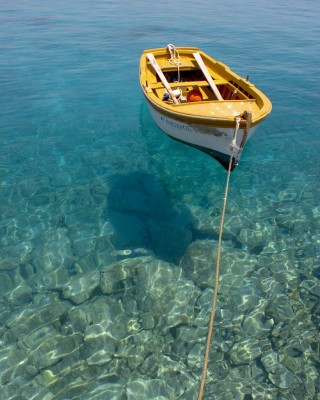

Keep Reading
Join Ewen's newsletter for monthly updates on new photography articles and tour offers...Subscribe Here

